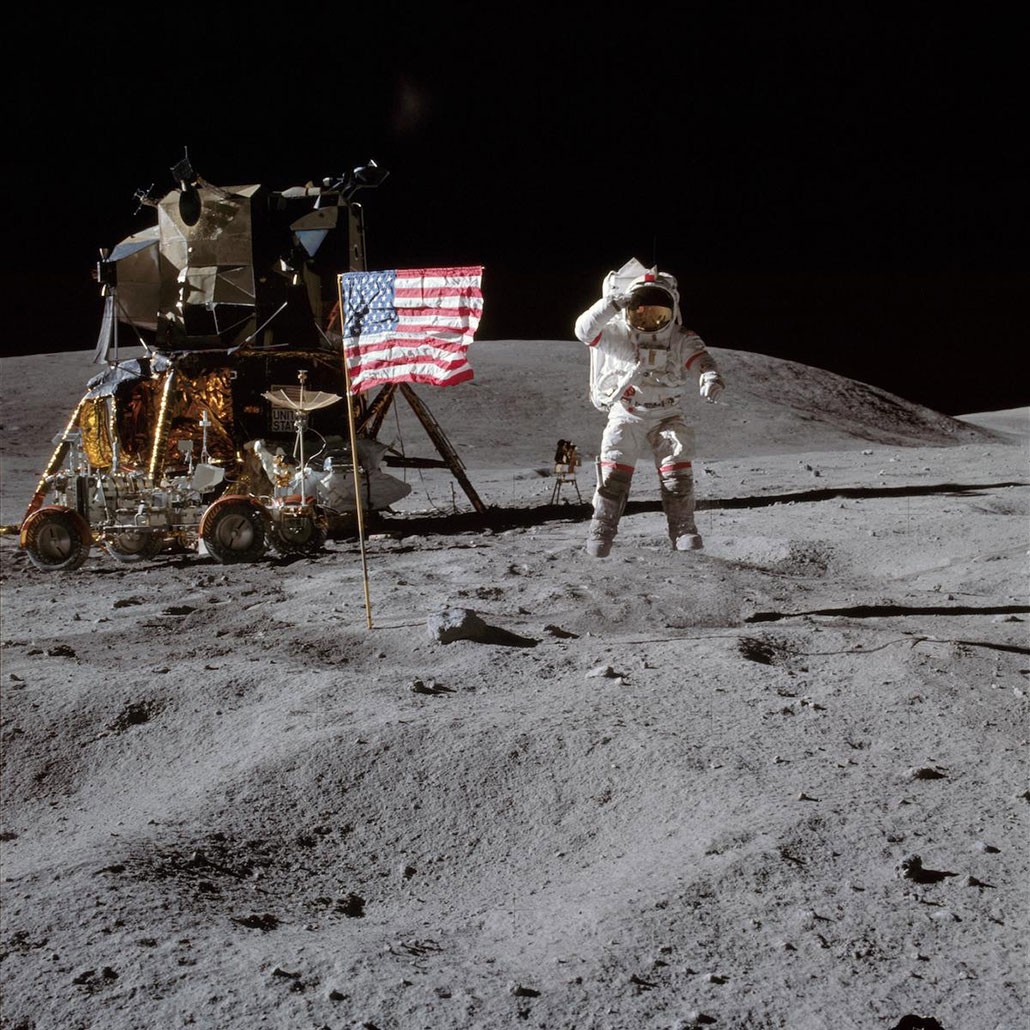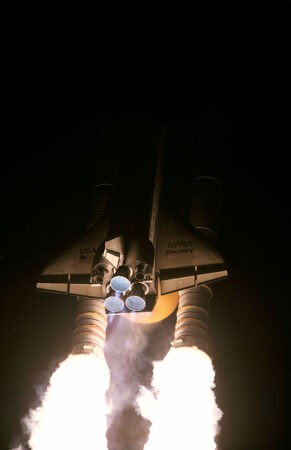In everyday conversation, the terms “mass” and “weight” are often used interchangeably. However, in the realm of science, particularly physics, mass and weight represent distinct concepts. Understanding the difference between mass and weight is crucial for grasping fundamental principles in physics and accurately describing the physical world around us. This article will delve into a detailed comparison of mass and weight, highlighting their definitions, units of measurement, and how they are affected by different factors.
What is Mass?
Mass is a fundamental property of matter that quantifies the amount of substance present in an object. Essentially, mass is a measure of how much “stuff” an object is made of. It is an intrinsic property, meaning it remains constant regardless of the object’s location or the gravitational forces acting upon it. Mass is determined by the type and number of atoms that constitute an object.
The standard unit of mass in the International System of Units (SI) is the kilogram (kg). For instance, a pineapple or a standard wooden baseball bat each have a mass of approximately 1 kilogram. It’s important to note that volume and mass are different. One kilogram of steel and one kilogram of feathers possess the same mass, meaning they contain the same amount of matter. However, due to differences in density, the feathers will occupy a much larger volume than the steel.
While kilograms are the scientific standard, it’s worth noting that in the United States, everyday measurements often use pounds, which, as we’ll discuss, is actually a unit of weight, not mass. Scientists and medical professionals prefer kilograms for their precision and universal standardization.
Mass can be altered by physically adding or removing matter from an object. For example, when you eat food, your body converts it into matter, increasing your mass. Conversely, discarding items from a backpack reduces its mass. Crucially, changing an object’s shape, size, or location does not alter its mass. Your mass remains the same whether you are standing, sitting, or even in space.
What is Weight?
Weight, in contrast to mass, is not an intrinsic property of matter. Instead, weight is defined as the force exerted on an object due to gravity. It is a measure of how strongly gravity pulls on an object’s mass. Therefore, weight is a force, and its value depends not only on the object’s mass but also on the gravitational field at its location.
The common unit of weight in the United States is the pound (lb). However, the scientific unit of force, and therefore weight, is the Newton (N), named after Isaac Newton. On Earth’s surface, a mass of 1 kilogram experiences a gravitational force of approximately 9.8 Newtons, which is often rounded to 10 Newtons for simplicity. This gravitational force is what we perceive as weight.
Consider an object with a mass of 40 kilograms. This mass remains constant regardless of location. However, its weight will vary depending on the gravitational field strength. On Earth, this 40 kg mass would weigh approximately 392 Newtons (or about 88 pounds). On the Moon, where gravity is about one-sixth of Earth’s, the same 40 kg mass would weigh significantly less, approximately 65 Newtons (or about 15 pounds). In the microgravity environment of the International Space Station (ISS), the object would be virtually weightless, even though its mass remains 40 kg.
It’s scientifically inaccurate to state, “My weight is 40 kilograms,” as kilograms are units of mass. Similarly, stating “My mass is 88 pounds” is also incorrect because pounds are units of weight (force). However, in everyday language, due to the consistent gravity we experience on Earth, mass and weight are often used interchangeably, leading to common phrases like describing weight in kilograms and mass in pounds in casual contexts.
Key Differences: Mass vs. Weight
To further clarify the distinction, here’s a table summarizing the key differences between mass and weight:
| Feature | Mass | Weight |
|---|---|---|
| Definition | Amount of matter in an object | Force of gravity acting on an object’s mass |
| Nature | Intrinsic property | Force |
| Units (SI) | Kilogram (kg) | Newton (N) |
| Units (US) | (Slugs – rarely used) | Pound (lb) |
| Variability | Constant, independent of location | Varies with gravitational field |
| Measurement | Measured using a balance (compares masses) | Measured using a spring scale (measures force) |
| Depends on | Amount and type of matter | Mass and gravitational acceleration |



Proportionality and the Impact of Gravity
While mass and weight are distinct concepts, they are directly proportional. This means that if the mass of an object increases, its weight will also increase proportionally, assuming the gravitational field remains constant. Similarly, if the gravitational force acting on an object changes, its weight will change accordingly, while its mass stays the same.
The gravitational force experienced on a celestial body depends on its density and size. Earth’s gravitational force is considered 1 G (standard gravity). The Moon, being smaller and less dense, has a gravity of about 1/6 G. Jupiter, despite being much larger than Earth, is not as dense, resulting in a gravity of approximately 2.5 G. This explains why an astronaut can easily bounce on the moon – their weight is significantly reduced, even though their mass remains unchanged.
Rocket launches provide a compelling illustration of the interplay between mass and weight. At launch, a rocket is fully fueled, maximizing its mass. Simultaneously, at Earth’s surface, the gravitational pull is strongest, resulting in the rocket’s maximum weight. As the rocket ascends and burns fuel, its mass decreases. Furthermore, as it moves away from Earth, the gravitational force weakens. Consequently, both the rocket’s mass and weight decrease during flight. This reduction in weight allows the rocket engines to accelerate the spacecraft more efficiently as it ascends into orbit.
Conclusion
In summary, while “mass” and “weight” are often confused in everyday language, they represent fundamentally different physical quantities. Mass is the measure of matter, an intrinsic property that remains constant. Weight, however, is the force of gravity acting on mass and is location-dependent. Understanding this distinction is essential for accurate scientific communication and a deeper comprehension of physics principles. Recognizing the difference between mass and weight allows us to appreciate how gravity affects objects in various environments, from the surface of the Earth to the vast expanse of space.